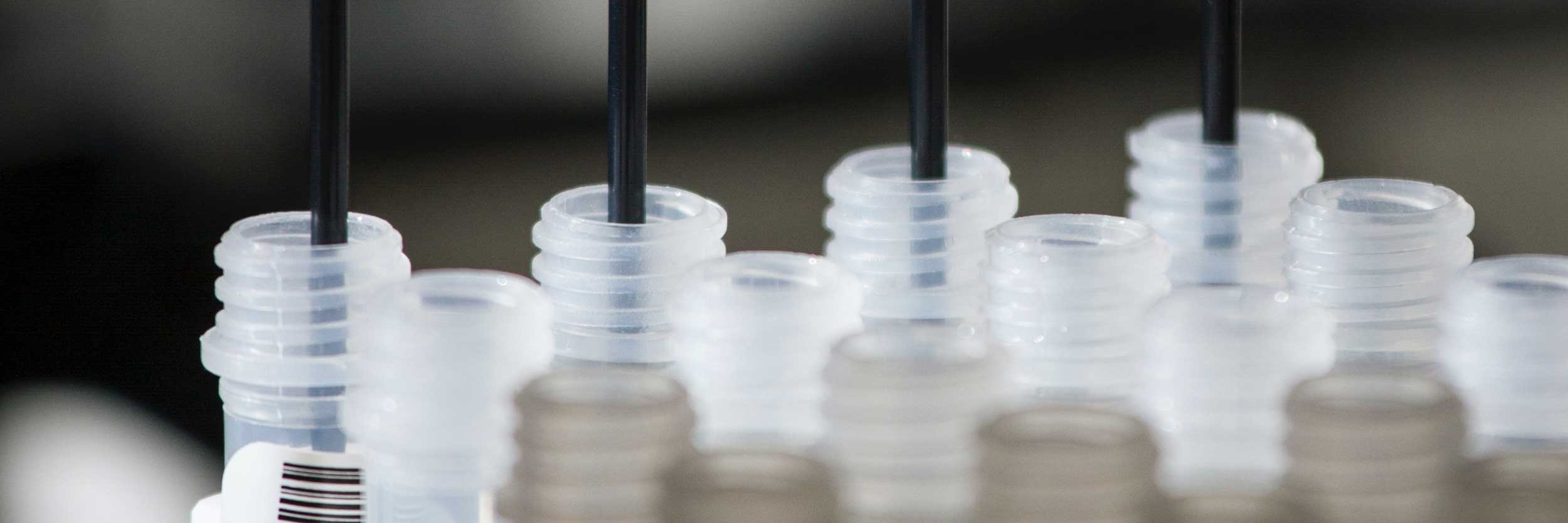
To better understand Parkinson’s disease, researchers at the Luxembourg Centre for Systems Biomedicine (LCSB) are using skin cells donated by Parkinson’s patients. These cells are used to create brain organoids - so-called ‘mini-brains’ - which can be used in the laboratory to study the molecular mechanisms associated with the disease. During the digital NCER-PD summer party 2020, Prof. Jens Schwamborn explained in his presentation how researchers are able to generate these three-dimensional structures and why they constitute a valuable approach in research.
Living cells of the patients are extracted through skin biopsies and treated with specific substances to convert them into stem cells – a type of cell able to transform into many other different cell types. For instance, these stem cells can subsequently become neurons, the cell type typically affected in Parkinson’s disease. The nerve cells obtained in the lab can then grow into a 3D structure called an organoid. Although the brain organoids generated by the researchers do not resemble a real functional brain in all aspects, they show several similarities in structure when compared to a full brain.
“The discovery of this technology provided a great advantage in the field of cellular and developmental biology”, states Prof. Schwamborn. “We can now use it to understand molecular mechanisms of the brain using an experimental set-up in the lab and develop medications that might be used to treat Parkinson’s disease”, he continues.
The main advantage of this approach is the access to cells from patients. With this method, patient-specific cell cultures can be investigated without the need to directly take samples from the patient’s brain. It allows the researchers to link their result to a specific diagnostic and genetic background.
“When using skin-samples from patients with a genetic mutation associated to Parkinson’s, we can observe clear differences compared to control samples”, explains Prof. Schwamborn. “In our experiments, we can than test different drugs and study the effect of the potiential treatment on this particular form of the disease.”
Thanks to the brain organoids, the researchers can now tackle an important aspect: the complexity of the human brain. Apart from neurons, which are responsible for signal transmission, many other cell types are found in the brain. These other cells provide nutrients for the neurons, regulate their function and form a complex network. The researchers are therefore aiming to incorporate also these cell types into the 3D cell culture to make the organoids more realistic and to gain further understanding of the disease. A more accurate model will also help with the development of potential treatments.
The full presentation given by Prof. Schwamborn at the NCER-PD summer party 2020 can be seen in the video below (in German).




